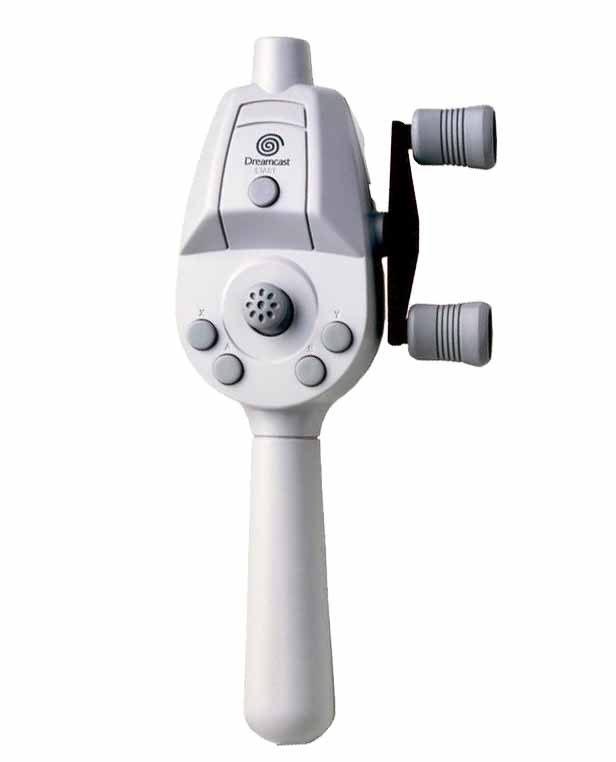Working Around the Limits of Virtual Reality

As great as virtual reality technology is, and as far as it has come, there’s no denying that it still struggles in some key areas. One of the most profound of these, which we’ve personally had to deal with, is the issue of motion sickness. A natural response of our body to being given a virtual head slightly out of alignment with our own, this problem has existed since the earliest implementations of the tech.
Though some people are fortunate enough to avoid this issue, for a lot of us it represents a stopping point for many games. In simple terms, this means that games with a lot of movement are effectively off-limits for more than a few minutes at a time. There are ways to combat this, but ultimately, it seems that the best way to approach this issue to see it as a genre problem.
The Science of Virtual Reality Motion Sickness
The basis of VR motion sickness is found in the conflicting sensations of the headset and our feelings of balance and visual cues. While we know this much, we don’t yet know what specifically causes this problem to be bad in some people and nearly non-existent in others. Fortunately, there are at least some methods to mitigate this problem.
The best of these solutions revolving around increasing field of view, frame rate, and video response time. All of these components have been shown to reduce the symptoms of motion sickness, but even at their best they still can’t eliminate the problem entirely. For this reason, those interested in Virtual Reality could instead consider not avoiding using their devices, but using them in a different way.
“Playstation VR Headset und Controller” (CC BY 2.0) by wuestenigel
The Possibilities of Different Genres
Most games that head to Virtual Reality are simple ports of existing titles. Doom and Skyrim are popular examples of this, where teleporting instead of actual smooth movement is adopted to decrease the queasiness reaction. But what about games that don’t need to rely on a gimmick, and instead revolve around little player movement?
Perhaps the strongest example of this could be found in something like a fishing game. These require little in the way of rapid head movement, where tranquillity and stillness play a large part in the experience. Then, when a fish is caught and a player jumps into action, the reeling process still requires minimal movement, again addressing the problems of motion sickness.
Borrowing from the fishing idea, the same concept could also apply to slots games like Fishing Frenzy. In online casinos like these, browsing and collecting bonuses opens the experience, and playing requires a static screen on which users can engage with. While not broadly offering VR yet, these casino systems would again work with the advantages of Virtual Reality, whether in slots, table games, live titles, or anything else.
“Dreamcast fishing controller” (CC BY 2.0) by Digital Game Museum
Virtual Reality is in many ways a dream technology, but it’s also one where we have no idea if the challenges inherent in design can ever be fully overcome. Though we might have these roadblocks licked in a decade or two, for now at least, it’s not possible for many users to enjoy a full range of titles. This doesn’t mean that players need to miss out, however, as we hope the above examples have shown.
In many ways, a different approach could be used to bring Virtual Reality up to a more usable standard. While this doesn’t present any solutions for existing movement-heavy games, it does at least point to a less stomach-upsetting future. It’s just a matter of developers understanding the problem, and working within their bounds to circumvent it.





